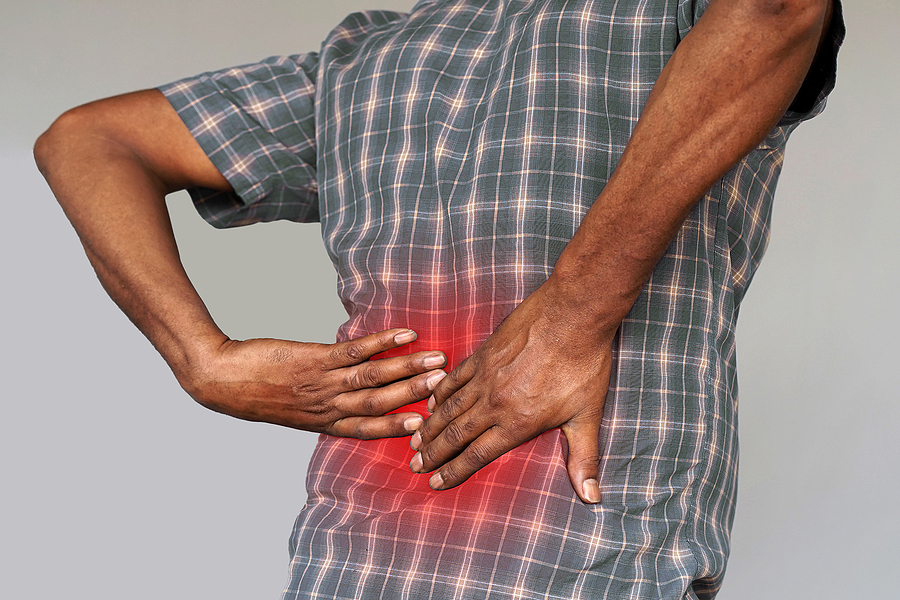Osteoporosis is often called a “Silent Disease.” This is because those suffering from this condition often do not exhibit any noticeable symptoms until the disease is in its late stages. Those who are most at risk include postmenopausal women and all people over 70 years of age. It is important that people in these high-risk groups have regular check-ups to ensure that their bone density remains at a healthy level. While symptoms may be hard to notice without context, oftentimes it is realized too late that the warning signs of Osteoporosis were present, but were simply overlooked or ignored.
When this happens and the disease is allowed to progress unchecked, irreversible bone damage can occur. Eventually, the condition will result in spontaneous fractures after bones become too weak to support the body. Luckily, there are non-invasive tests readily available that can detect Osteoporosis even in its early stages. But first, here are some of the most common warning signs that you may want to take a closer look at:
Common Symptoms and Signs of Osteoporosis:
1. Height Loss – As we continue to age, many of us have often joked about “growing down” or getting shorter as the years go by. However, this is a real warning sign that something may be wrong. As Osteoporosis causes the spinal column to break down and lose strength, this will often cause a noticeable change in standing height. If you have gotten progressively shorter in recent years, getting checked for Osteoporosis is a good idea.
2. Back Pain – We all suffer from aches and pains from time to time, especially as we get older. However, back pain that is severe and recurring should never be ignored; especially for individuals who fall into the high-risk categories for osteoporosis. In individuals with this condition, back pain shares its cause with height loss: vertebrae in the spine have lost strength and may collapse. Don’t tough it out – talk to a doctor about Osteoporosis before it’s too late.
3. Posture Changes – As reduced bone density begins to take its toll; the body begins to compensate for reduced skeletal strength in an attempt to avoid injury. This compensation often shows up through posture changes. The most common are rounded shoulders and a “hunched over” posture. If this sounds familiar, you should put Osteoporosis testing on your “to-do” list right away.
4. Low Levels of Calcium or Vitamin D – Osteoporosis reduces the body’s ability to migrate important nutrients through your system. One sign of this is blood deficiencies in vital nutrients: most often Calcium and/or Vitamin D. Such deficiencies can be hard to spot without a blood test, but the most common signs are: fatigue, bone pain, muscle aches, muscle weakness, and muscle cramps. These might also be accompanied by behavioral changes like irritability, insomnia or sleeplessness, depression, lack of focus, forgetfulness, and “brain fog.”
Find Out if Your Symptoms are Related to Osteoporosis
If any of the warning signs above sound familiar OR if you belong in a high-risk category, there are non-invasive testing procedures that can detect osteoporosis as well as treatments that can reverse its course. At Advanced Rheumatology of Houston, we offer services for a number of chronic conditions, including osteoporosis. Feel free to give us a call at (281) 766-7886 with your questions or to schedule an appointment. Remember: Osteoporosis is a treatable condition. We can prescribe medications that can stop bone loss, and with certain medications, build bone back. Don’t allow this “silent disease” rob you of valuable time that you could spend with family and friends. Give us a call.



